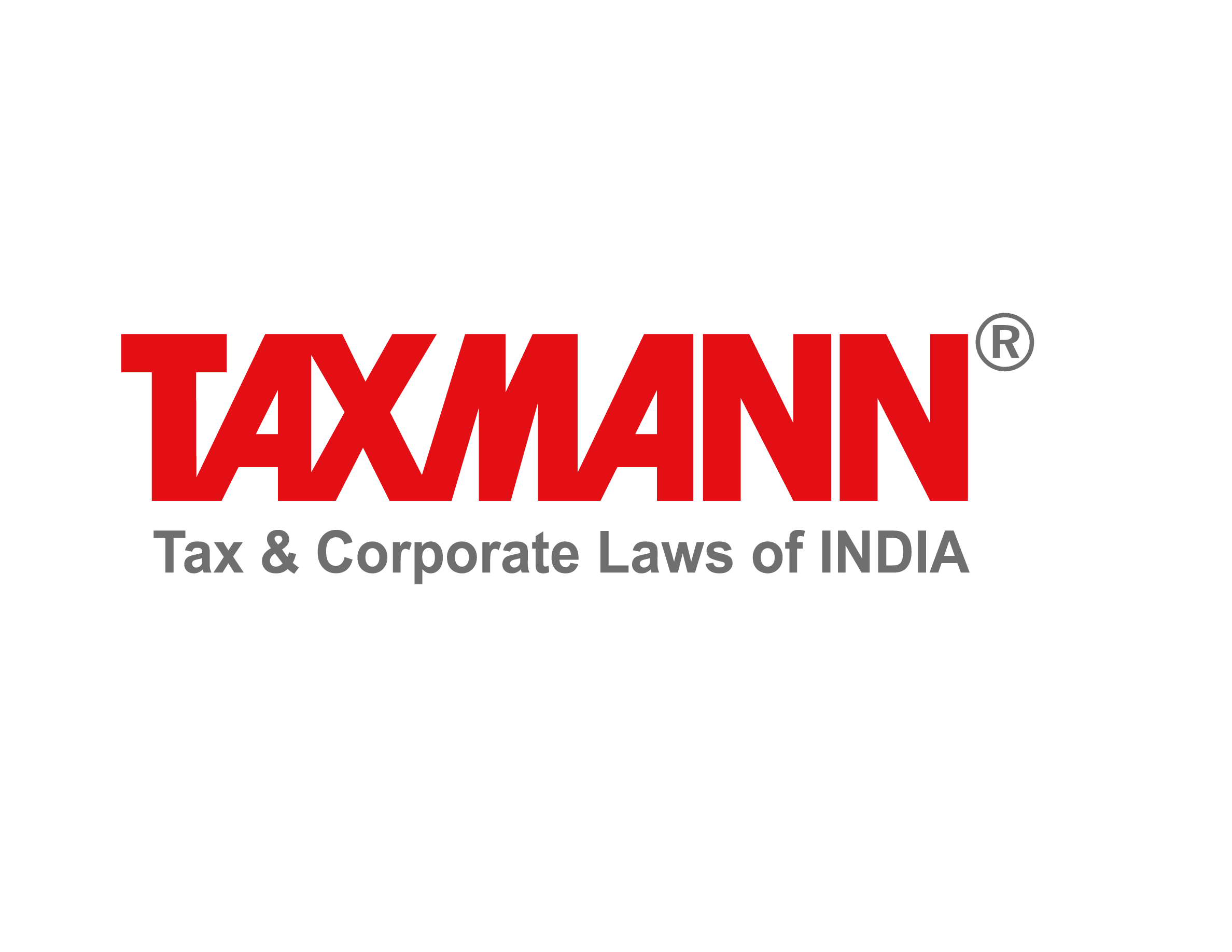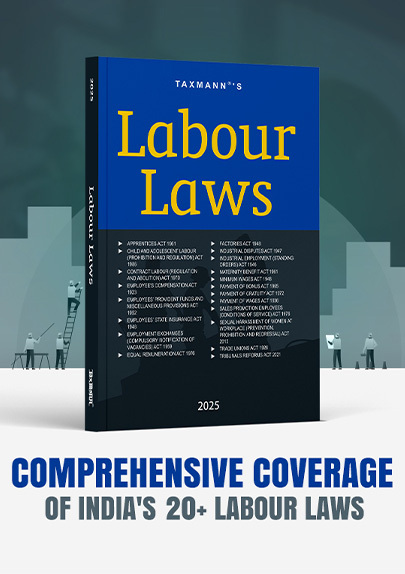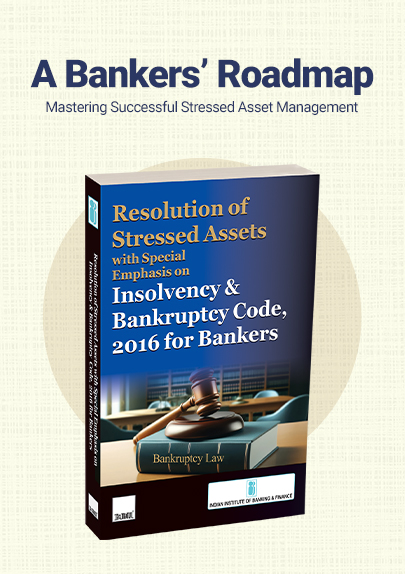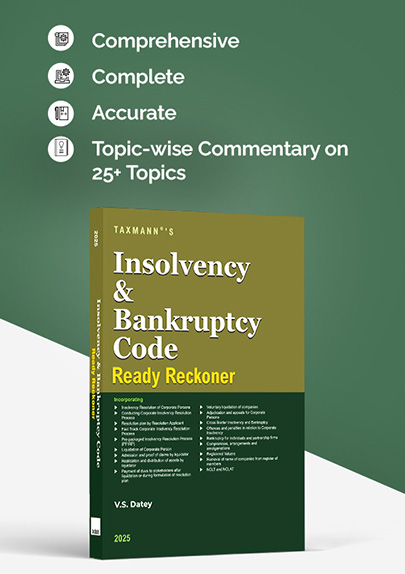[Opinion] Auditing Vendor Payments | Key Area of Concern
- News|Blog|Account & Audit|
- 2 Min Read
- By Taxmann
- |
- Last Updated on 2 January, 2025
CA Nitin Sharma & Rehansh Rawat – [2024] 169 taxmann.com 720 (Article)
“Vendor Payments Can Make or Break Your Bottom Line”
Vendor payment audits involve systematically reviewing financial transactions between a business and its suppliers.
Now the question arises why there is a need for understanding Auditing Vendor Payment.
The goal is to verify accuracy, compliance, and efficiency in the payment process. This includes checking invoices, purchase orders, and payment records for consistency.
The Key Objectives and Importance of Vendor Payment Audits:
- Ensuring Accuracy in Financial Transactions
- Identifying Fraud and Mismanagement
- Enhancing Compliance
- Optimizing Cost Management
- Improving Process Efficiency
- Strengthening Vendor Relationships
- Supporting Decision-Making
Common challenges faced in Auditing vendor payments:
1. High Volume of Transactions: Reviewing thousands of transactions increases the risk of errors going unnoticed.
Example: A company processes 10,000 invoices monthly, and duplicate payments worth Rs. 50,000 slips through due to the volume.
2. Data Discrepancies: Missing or inconsistent data can delay audits and create discrepancies between systems.
Example: The vendor was paid Rs. 4,00,000 for purchases; however, during a detailed review of the procure-to-pay process, it was discovered that the Goods Receipt Note (GRN) and the entry in the inward register were missing. This oversight is expected to delay the audit process and create doubt on the purchases.
3. Complex Vendor Contracts: Tracking varied terms like discounts, penalties, or payment schedules is challenging.
Example: Missing early payment discounts of 5% on 25 invoices led to a Rs. 10,000 losses.
4. Fraud and Unauthorized Transactions: Detecting fraud, such as fake invoices, requires advanced monitoring.
Example: A vendor submits invoices for Rs. 30,000 for services never rendered, which goes undetected due to weak controls.
5. Limited Resources: Insufficient CAs or Articles or expertise limits the audit’s scope and frequency.
Example: Small team conducting audit of large companies.
6. Lack of documentation verification: It increases risk of fraud, non-compliance, and inaccurate financial reporting. It weakens internal controls.
What to check during Audit of Vendor Payments?
- Check whether there are controls in place to ensure that any purchase/expense invoice does not get recorded more than once.
- Obtain the accounts payable ageing report and trace its balances to the general ledger. If there are any differences, investigate reconciling items. Journal entries specially for large amounts should be carefully examined.
- The trade creditors may be requested to confirm the balances either
-
- as at the date of the balance sheet, or
- as at any other selected date which is reasonably close to the date of the balance sheet.
The date should be decided by the auditor in consultation with the company.
- If there are any related party payables, review whether they were properly authorized and the value of such transactions were reasonable and at arm’s length.
- For the last 5 invoices received/recorded at the end of the reporting date (cut off date) and which have been included in the trade payables, the goods should have been received/risk and rewards of ownership in goods should have been transferred in favor of the entity.
Click Here To Read The Full Article
Disclaimer: The content/information published on the website is only for general information of the user and shall not be construed as legal advice. While the Taxmann has exercised reasonable efforts to ensure the veracity of information/content published, Taxmann shall be under no liability in any manner whatsoever for incorrect information, if any.

Taxmann Publications has a dedicated in-house Research & Editorial Team. This team consists of a team of Chartered Accountants, Company Secretaries, and Lawyers. This team works under the guidance and supervision of editor-in-chief Mr Rakesh Bhargava.
The Research and Editorial Team is responsible for developing reliable and accurate content for the readers. The team follows the six-sigma approach to achieve the benchmark of zero error in its publications and research platforms. The team ensures that the following publication guidelines are thoroughly followed while developing the content:
- The statutory material is obtained only from the authorized and reliable sources
- All the latest developments in the judicial and legislative fields are covered
- Prepare the analytical write-ups on current, controversial, and important issues to help the readers to understand the concept and its implications
- Every content published by Taxmann is complete, accurate and lucid
- All evidence-based statements are supported with proper reference to Section, Circular No., Notification No. or citations
- The golden rules of grammar, style and consistency are thoroughly followed
- Font and size that’s easy to read and remain consistent across all imprint and digital publications are applied






 CA | CS | CMA
CA | CS | CMA


